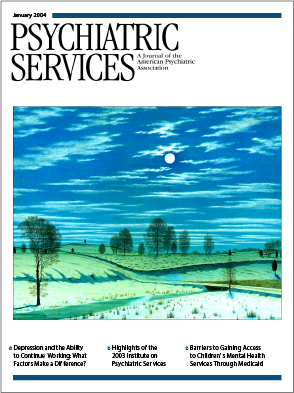Textbook of Family and Couples Therapy: Clinical Applications • The Therapist's Notebook for Families: Solution-Oriented Exercises for Working With Parents, Children, and Adolescents • Pioneering Paths in the Study of Families: The Lives and Careers of Family Scholars • The Mathematics of Marriage: Dynamic Nonlinear Models
Four books dealing with the theme of families and couples are reviewed here.
The first, Family and Couples Therapy: Clinical Applications, is presented as an "edited textbook." However, at 948 pages, it is a rather unwieldy one; it would more accurately be described as a handbook—a definitive reference work. In any event, that is my only criticism of the volume.
The book's 35 authors make up a highly eminent and distinguished group of clinician-scholars who have provided us with a well-written, well-edited collection of 38 chapters, covering every conceivable aspect of family and couples therapy. The book has seven sections: a historical overview; a section on theory and techniques, which comprehensively covers all major schools; a section on family assessment; one on family therapy with children and adolescents; a section on couples therapy; a section dealing with the various major diagnostic categories as well as incest, alcoholism, and family therapy with medical patients; and a concluding section that provides a summary, conclusions, and a look toward the future.
This comprehensive, current, and thoroughly up-to-date tome fills a vital need. It provides a comprehensive picture of what is seminal and traditional in family psychology as well as what is innovative and on the cutting edge. It is one of the most important books on family therapy that I have reviewed in the past several years, and it deserves a place on the bookshelf of every health care professional. It should be definitive for years to come.
The authors of the second book, The Therapist's Notebook for Families: Solution-Oriented Exercises for Working With Parents, Children, and Adolescents, are well-credentialed family therapists. The book consists of 75 exercises that deal with every conceivable problem that one might encounter in family therapy and are designed to help patients and therapists find novel, creative ways to deal with those problems. The book carries endorsements by persons known in the family therapy field, such as Jay Memmott, Michael Hoyt, and Adrian J. Blow.
That being said, as a family therapist with more than 40 years' experience, I find it difficult to imagine myself or my patients having the inclination, the time, or the patience for these exercises, either during the therapy hour or at home. Furthermore, the book contains insufficient information about how the exercises were derived, their validity, their reliability, or their practical utility. However, The Therapist's Notebook for Families may be of interest to readers who are searching for novel ways to address clinical issues.
Pioneering Paths in the Study of Families: The Lives and Careers of Family Scholars was previously published as eight "separates" in the journal Marriage and Family Review. It consists of autobiographical accounts of the lives and careers of 40 scholars from various fields who have become leaders in the study of families. The book is essentially an oral history. Its editors state that "this way of viewing the knowledge creation process involves examining the lives of scholars who generated ideas about family processes, development, transitions, and linkages with society." It is an attempt to understand the creative process by examining the lives of creative people and the relationships that occur between such people.
The contributors are an impressively disparate group: men and women from different countries and different socioeconomic backgrounds who came to family studies in a myriad of different ways. This is a very different, very interesting book. Many of the stories it contains are intriguing, intimate, and personal; reading them, we feel that we are getting to know the tellers almost as if they were sitting with us alone in our own living room. Pioneering Paths in the Study of Families is an easy, relaxing, and engaging read, and I recommend it.
Finally, The Mathematics of Marriage: Dynamic Linear Models "provides the foundation for a scientific theory of marital relations … it develops a mathematical model using difference equations … [it] is the fulfillment of the goal to build a mathematical framework for the general system theory of families."
The book's jacket states, "Applying ideas such as phone space, null clines, and influenced and uninfluenced steady states (attractors), the authors show how other researchers can use the methods to weigh their own data with positive and negative weights." The authors state that "although the models are mathematical in the sense that they involve equations and mathematical concepts, the mathematical expertise required to employ these methods is minimal." I did not find this to be the case. I found chapters 4 through 10 exceedingly difficult to comprehend, and I believe that these chapters are essentially unavailable to anyone who lacks a fair degree of solid mathematical expertise.
The going gets somewhat easier when the authors attempt to apply the model to the family data. However, the authors seem to have become infatuated with their model and make rather sweeping conclusions on the basis of studies with small numbers of people (chapters 12, 14, and 16).
The Mathematics of Marriage seems to be an initial presentation of a work in progress, directed more to an academic research audience, to whom it should be of substantial interest, than to clinicians.
Dr. Vogel is affiliated with the department of psychiatry of the University of Massachusetts in Worcester.



